Difference Between Backend Development And Frontend Development
Table of Contents
Frontend development and backend development are the two primary areas of emphasis in the field of software development. Despite being fundamentally dissimilar, these two fields collaborate to produce the seamless apps we use every day. We will examine the distinctions between backend and frontend development, the competencies needed for each, and why both are essential for producing successful apps in this blog article.
What is Frontend Development?
The area of software development that deals with everything the user sees and interacts with is called frontend development, sometimes referred to as client-side development. It is the portion of the program that is run on the user’s desktop computer, mobile device, or web browser. Creating user interfaces (UI) and user experiences (UX) that are aesthetically pleasing, simple to use, and responsive to user interaction is referred to as frontend development.
HTML, CSS, and JavaScript are among the technologies and resources utilized in front-end development. While CSS is used to design the content and layout of the page, HTML is the markup language used to organize the content of a web page. The web page may be made more interactive by using JavaScript to include animations, pop-up windows, and other user-friendly elements.
Skills Required for Frontend Development
To be a successful frontend developer, you must have a good understanding of HTML, CSS, and JavaScript. You must also be familiar with various frontend frameworks and libraries, such as React, Angular, Vue, and jQuery. Knowledge of UI/UX design principles, responsive design, and accessibility is also essential for frontend development.
What is Backend Development?
Backend development, often known as server-side development, is the branch of software development that deals with everything that happens in the background. It requires creating the storage, data management, and server-side logic technologies that power the application’s user interface.
Backend developers design the program’s API (program programming interface), which permits communication between the frontend and the server-side of the application. Additionally, they create the database management systems that store and manage the data utilized by the application as well as the server-side programming languages that drive the functionality of the application.
Skills Required for Backend Development
To be a successful backend developer, you must have a good understanding of server-side programming languages such as Java, Python, Ruby, or Node.js. You must also be familiar with various backend frameworks and libraries, such as Express, Django, and Ruby on Rails. Knowledge of database systems such as MySQL, PostgreSQL, or MongoDB is also essential for backend development.
Difference Between Backend and Frontend Development
The area of concentration is the primary distinction between frontend and backend development. While backend development concentrates on the server-side logic and data management systems that run the frontend, frontend development concentrates on designing the user interface and user experience of an application.
The types of programming languages utilized also distinguish frontend from backend development. In contrast to backend development, which employs server-side programming languages like Java, Python, Ruby, or Node.js, frontend development typically makes use of HTML, CSS, and JavaScript.
Finally, distinct skill sets are needed for frontend and backend development. Knowledge of HTML, CSS, JavaScript, and UI/UX design concepts are prerequisites for frontend programming. Knowledge of server-side programming languages, database administration, and API development are prerequisites for backend development.
Why Both Frontend and Backend Development are Important
Effective apps require both frontend and backend development. Users wouldn’t be able to interact with the program without frontend development, and it wouldn’t look good or be simple to use. Without backend development, the application’s frontend and server-side would be unable to interact, and it would be unable to store or manage data.
Furthermore, a smooth user experience requires both frontend and backend development. The backend must be dependable and effective while the frontend must be flexible and user-friendly. To build a useful application that satisfies the user’s needs, the two parts must operate together effortlessly.
In conclusion, the frontend and backend of software development are both essential. They employ different programming languages, have distinct areas of concentration, and call for various skill sets. However, they collaborate to provide unified apps that are user-friendly.
The distinction between frontend and backend development is getting increasingly hazy, it’s vital to notice. Both frontend and backend development functionalities are included in many contemporary web development frameworks, like React and Angular. In addition, given the popularity of full-stack development, it is now anticipated that developers have a solid grasp of both frontend and backend programming.
Conclusion
Effective apps must be developed from both the front end and the back end. They each specialize on a separate area of development and have distinct skill requirements, but they collaborate to produce apps that are seamless and serve the needs of the user. To be competitive in the software development market as technology advances, developers will need to be knowledgeable in both frontend and backend programming.


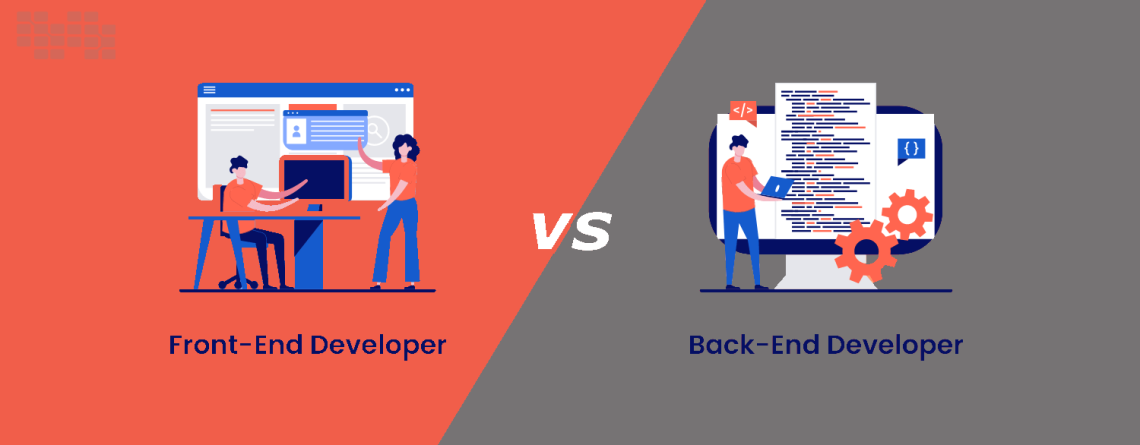
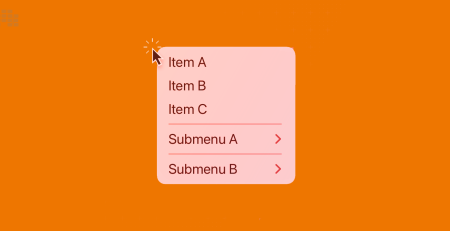
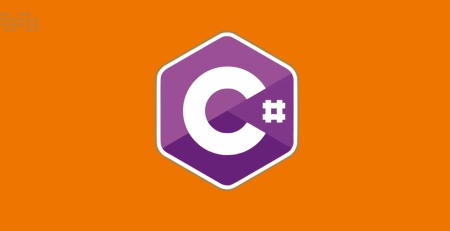


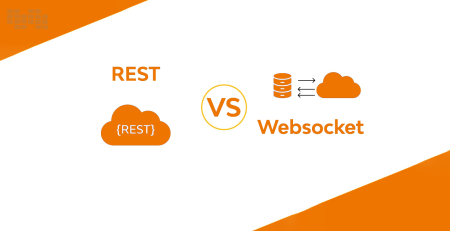


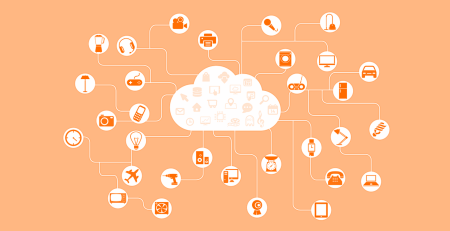
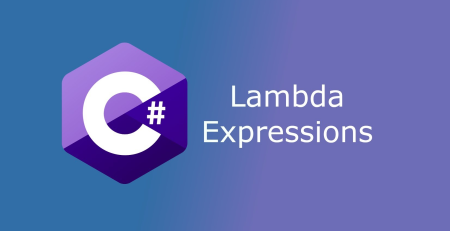

Leave a Reply